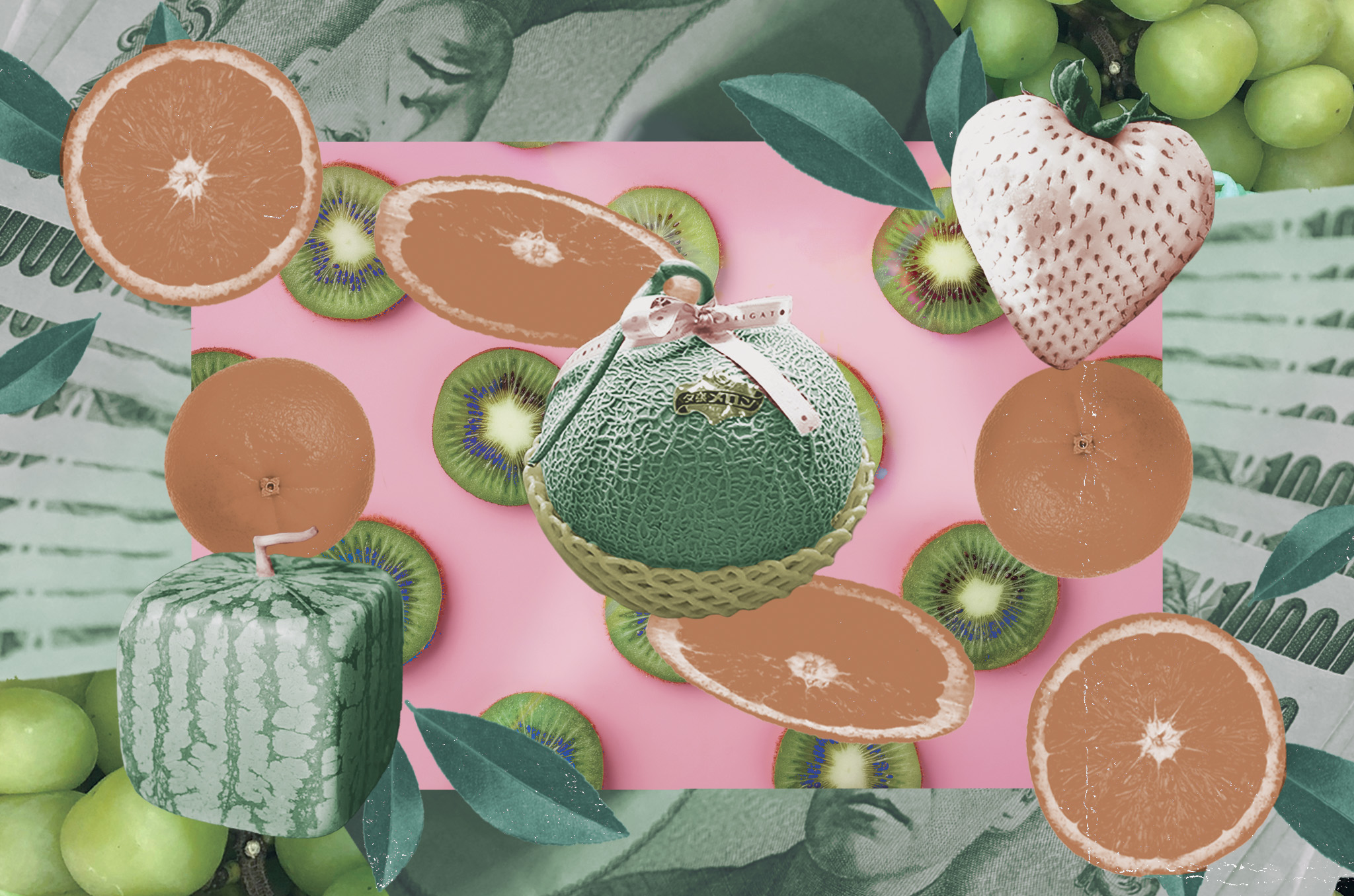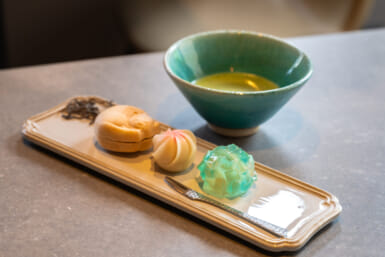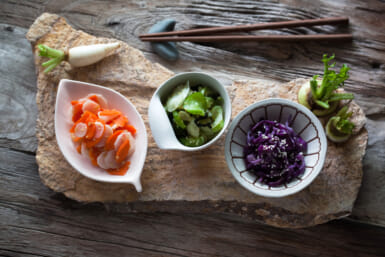If you’ve ever been to a Japanese supermarket, you might have done a double-take after looking at the price of fruit. Although Japan is a great place to grab some cheap eats while you’re out and about, it’s often difficult to source a bargain among the fresh produce aisles of the supermarkets.
In fact, Japan is home to the most expensive fruit in the world. With first prize going to the Yubari King melon, a pair of which sold for ¥3.5 million in May 2023 (roughly $23,500), Japan cultivates all kinds of luxury fruit items. White jewel strawberries, for example, can sell for ¥1,500 a berry (about $10), and a singular square watermelon, grown in Kagawa Prefecture, usually costs around ¥10,000 (about $70).
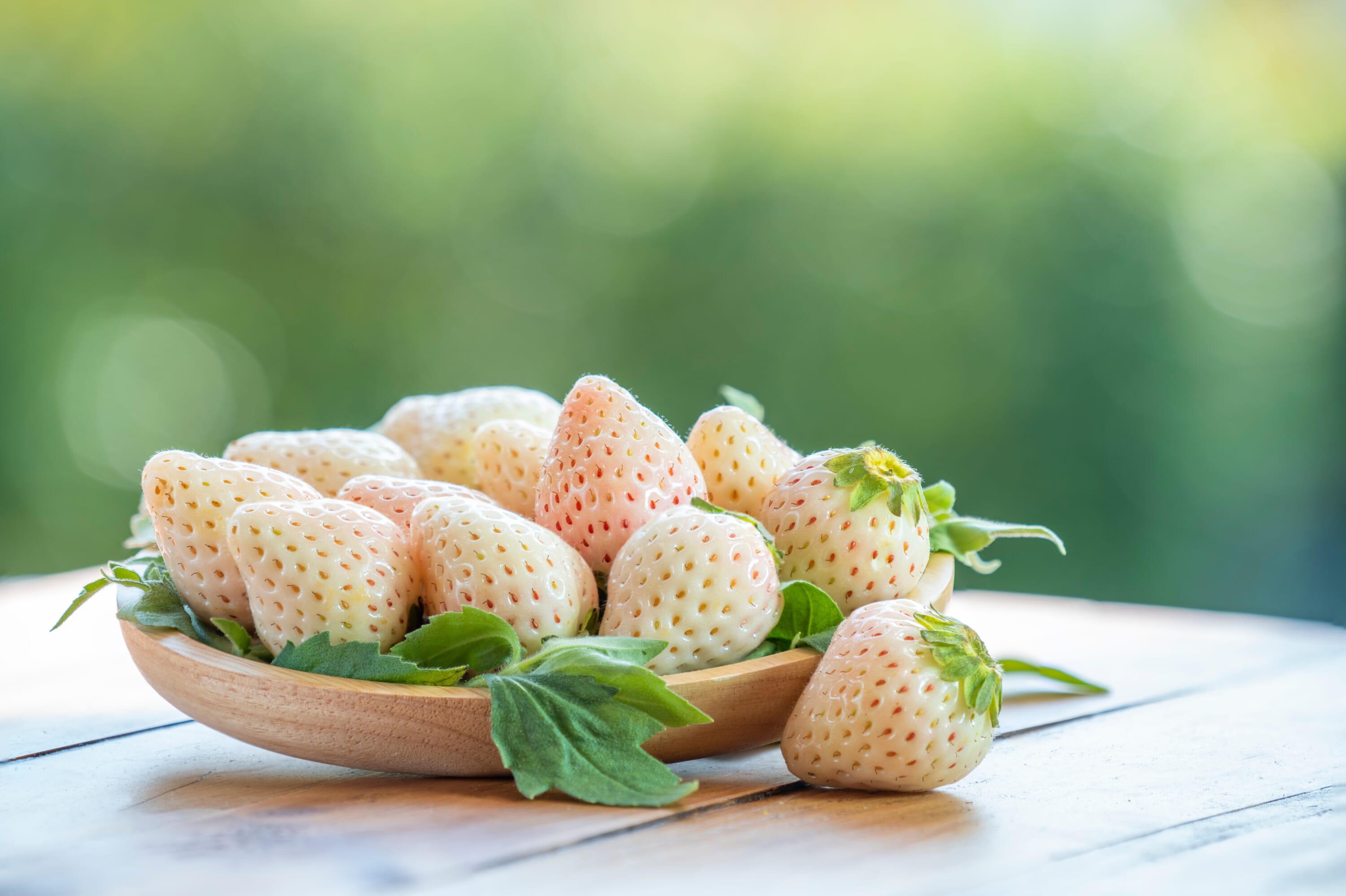
Even simple supermarket fruit is of an impeccable standard, from the perfectly heart-shaped strawberries to the unblemished apples. But the inflated size and quality of these fruits inevitably come, quite literally, at a price: a punnet of strawberries is sold for an average of ¥600-¥1,200 ($7-$14) and a bunch of muscat grapes can set you back at least ¥1,000 ($6.70). But whether you’re after sekai no ichi ringo (the best apples in the world) from Aomori Prefecture, or simply fancy a fruity treat at the end of a long day, the question remains, why is Japanese fruit so expensive?
The Art of Gift-Giving
In Japanese culture, the concept of omiyage is the practice of gift-giving following a return from a trip. Then there are temiyage gifts given when visiting someone else’s house, as well as ochugen and oseibo, that are given by co-workers, friends and relatives in December. There are many gifting occasions and fruit is one of the more popular options.

Particularly in the case of temiyage, fruit is often opted for by gift-givers for two main reasons. For a start, its perishability eliminates any threat of this gift creating unwanted clutter and taking up space in the receiver’s home. Secondly, given its organic nature, fruit adeptly conveys the changing of Japan’s four seasons, a highly valued aspect of the culture here.
This tradition of fruit giving, however, is not a recent phenomenon. As early as the 14th century, fruit was gifted by samurai when they visited their leaders. Buddhists and Shintoists also thought the seeds of fruit had great potential, making them popular offerings at shrines. While fruit is not imbued with the same sense of spiritualism today, the value with which it is bestowed, as well as the sincere sense of gratitude it is used to convey, demonstrates how this act has evolved over the centuries.
High Standards and Careful Cultivation
Whether you want to say thank you or congratulations, inevitably, not just any old fruit will do. Gifted fruit is generally expected to be close to perfect. Consequently, an incredibly high standard of fruit is kept by farmers across the country. In Miyazaki Prefecture, for instance, the regional mangoes (known as Taiyo-no-Tamago, which translates to egg of the sun), are often grown at a maximum of 1-2 per tree. Each mango must hit a minimum weight of 350 grams, and a “Brix sugar level” of 15%, which is dutifully measured by farmers with a tool called a “refractometer,” that determines the sucrose levels in the fruit.
The Aomori Prefecture Sekai Ichi apples, a name suitably translated to “the world’s best,” grow in harvests of only 1,000 a year, with prices beginning at a minimum of ¥3,000 (about $20). Despite their price though, you do at least get bang for your buck with these Tohoku treats. A single apple weighs around 1 kilogram, with an average circumference of around 1 foot. In order for Ishikawa Prefecture’s Ruby Roman grapes to hit the mark, each individual fruit must be at least 3 centimeters wide, with a Brix sugar content of at least 18%.
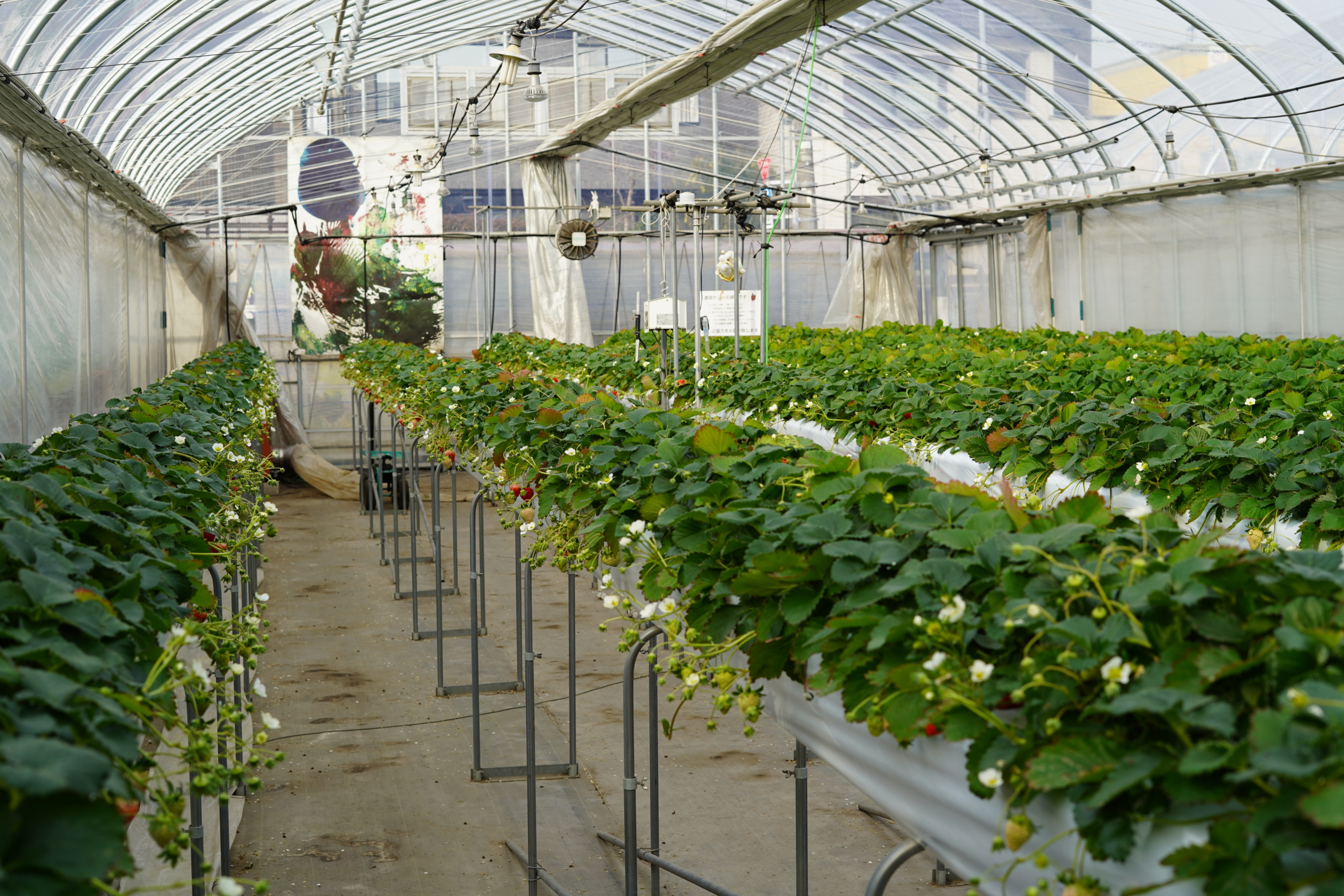
Photo by Laura Pollacco
Agricultural Restrictions
In addition to this quest for perfection, the general landscape of Japanese farming lends itself to this supply and demand mentality. Only 20% of land across the country is suitable for cultivation, in contrast to 44% in the US and 71% in the UK. From within the arable land in Japan, over 85% is used for rice plantations, leaving limited room available for the growth of precious fruits.
The farms themselves are also significantly smaller than others across the globe. While the average US farm measures an approximate 490 acres, the average farm in Japan is only 4.7 acres. It is also stipulated by Japanese law that every farmland must be worked directly by its owners. As a consequence, the farming industry is incredibly inefficient, naturally resulting in the increased price of farmed goods, such as fruit.
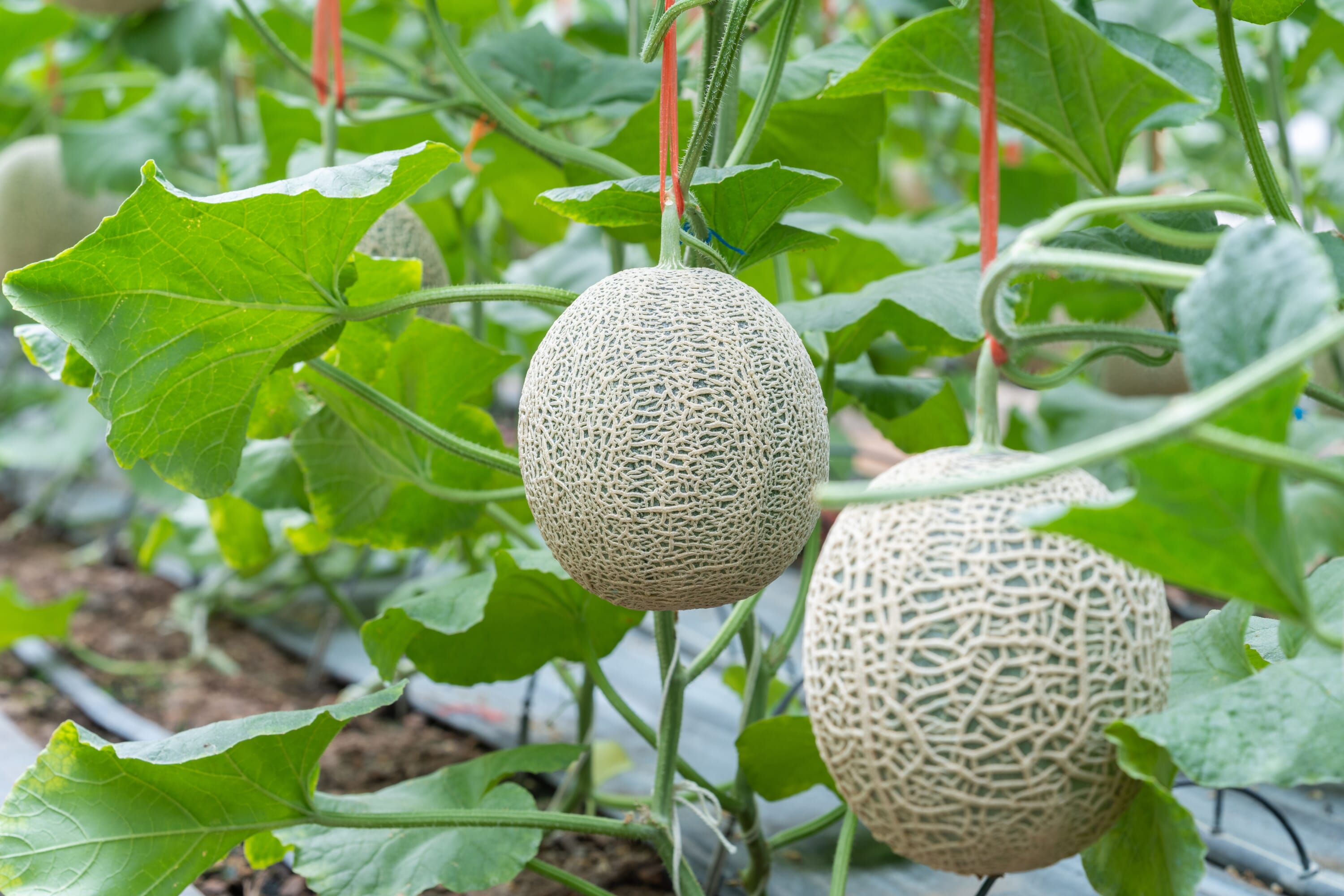
In A Nutshell
This perfect storm of incredibly difficult agricultural conditions and the cherry-picking of the very best fruit has naturally resulted in a rather unforgiving market for the average fruit lover. But while this struggle for perfection might ring a little discordant to the ears of many, perhaps the extremely high evaluation of fruit offers a lesson about appreciation. By positioning fruits as luxury items, farmers are asking consumers to savor every mouthful, to care for and appreciate their food in a mindful and meaningful manner.

